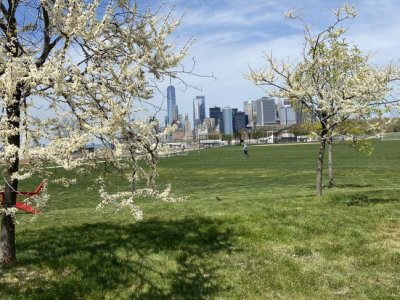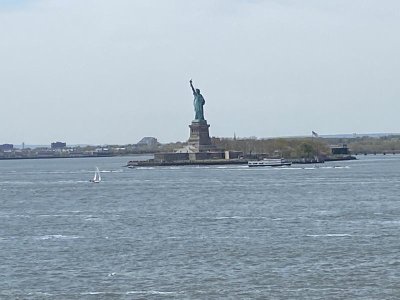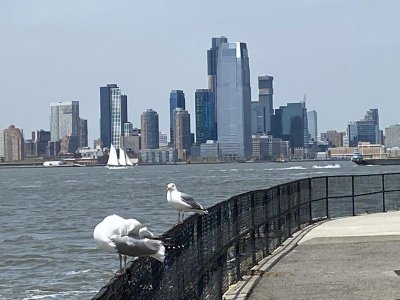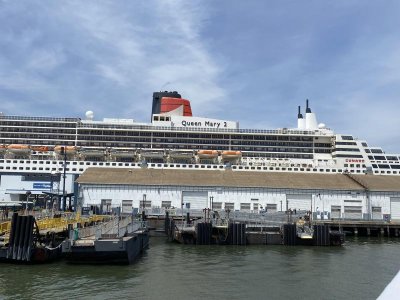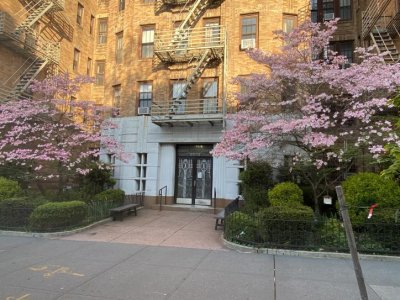-
CLICK HERE To Join Broke Straight Boys & Instantly Get Full Access To Entire Site & 3 FREE bonus sites.
You are using an out of date browser. It may not display this or other websites correctly.
You should upgrade or use an alternative browser.
You should upgrade or use an alternative browser.
What's Life Like in New York City?
- Thread starter tampa24
- Start date
mikeyank
Long time forumite
And later across the street to massive Prospect Park, (26 acres), for a picnic lunch and a hike through the trails and woods of the park opened in 1867, designed by co-designers of Central Park, Frederick Law Olmsted and Calvert Vaux. I am always amazed how this rural bucolic spot is right in the middle of Brooklyn.

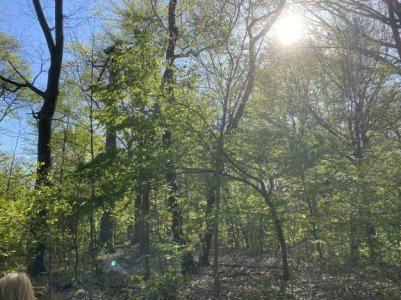
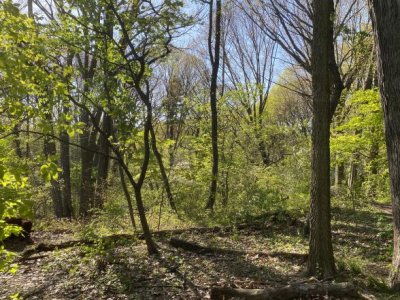
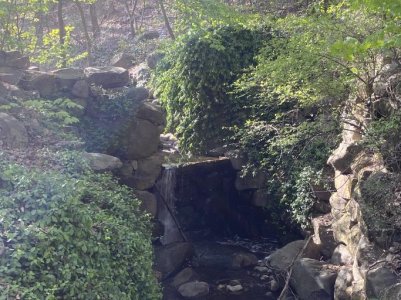
And finally six mikes later, a stroll through brownstone laden streets of Park Slope and a subway ride home.
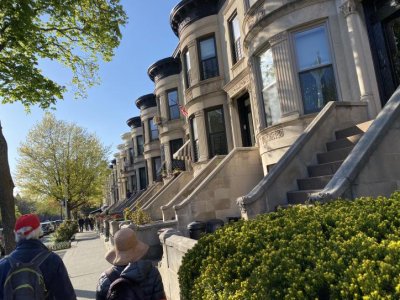




And finally six mikes later, a stroll through brownstone laden streets of Park Slope and a subway ride home.

mikeyank
Long time forumite
Thank you br. Today I have plans with a friend to take the short ferry ride to Governor's Island. Hopefully more pics coming up later.Thank you Mike for the beautiful pictures.

Thank you br. Today I have plans with a friend to take the short ferry ride to Governor's Island. Hopefully more pics coming up later.
I look forward to them. Have a great day.
mikeyank
Long time forumite
As I mentioned, I am planning the short ferry ride across from the Brooklyn shoreline across New York Harbor to Governor’s Island later this morning. I wanted to put the island in perspective to Manhattan and Brooklyn.
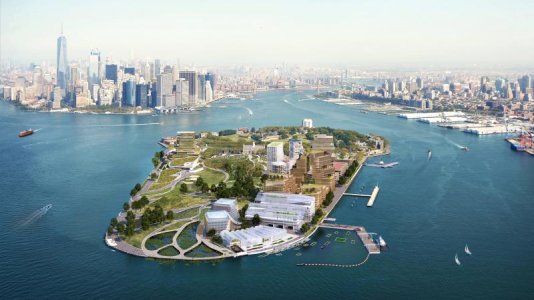
History of Governors Island
As far back as the early 1500s, Native Americans were established on Governors Island, using it as a seasonal fishing camp. When people from the Dutch West India Company arrived and set up camp in the early 1600s, they built a small fort and sawmill on the island. Several years later, the Native Americans sold the island to Wouter van Twiller, purportedly for a handful of nails, a string of beads, and two ax heads. In the years leading up to the Revolutionary War, the British captured all of NYC from the Dutch, including the island. The British renamed the island Governors Island, designating it for use by the king's governors. The island remained under British control until the end of the war. Construction of Fort Jay as a military fort began soon after, and in 1800, the state of New York gave the island to the federal government. Reconstruction work ensued on Fort Jay between 1806 and 1809, and Castle Williams was also built during this time. The third fort, South Battery, was built in 1812. Governors Island was a crucial military compound during the Civil War, and after this war ended, the U.S. Army used the compound as a headquarters. Both World War I and II involved a military presence on Governors Island; infantry regiments were stationed there. The Army continued to use the island until 1964, when it closed its installation. Just two years later, the Coast Guard opened its biggest installation on Governors Island. When the Coast Guard shut its doors on Governors Island in 1996, New York City designated Governors Island as a local historic district. Today, visitors are welcome to explore Governors Island.
And a few historic images.
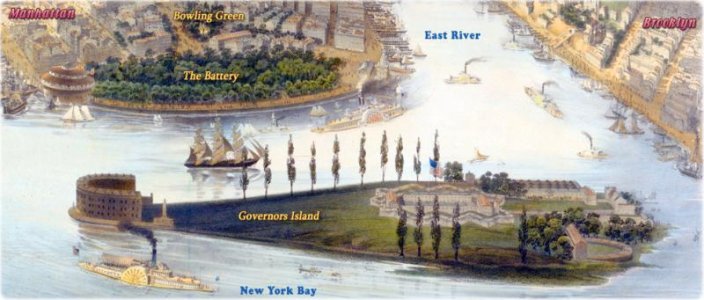
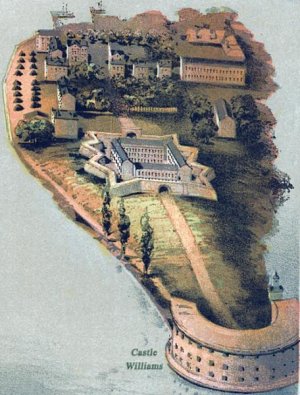
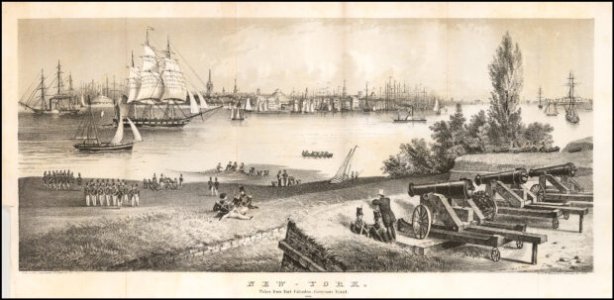
Governor’s Island today hopefully coming up later…………

History of Governors Island
As far back as the early 1500s, Native Americans were established on Governors Island, using it as a seasonal fishing camp. When people from the Dutch West India Company arrived and set up camp in the early 1600s, they built a small fort and sawmill on the island. Several years later, the Native Americans sold the island to Wouter van Twiller, purportedly for a handful of nails, a string of beads, and two ax heads. In the years leading up to the Revolutionary War, the British captured all of NYC from the Dutch, including the island. The British renamed the island Governors Island, designating it for use by the king's governors. The island remained under British control until the end of the war. Construction of Fort Jay as a military fort began soon after, and in 1800, the state of New York gave the island to the federal government. Reconstruction work ensued on Fort Jay between 1806 and 1809, and Castle Williams was also built during this time. The third fort, South Battery, was built in 1812. Governors Island was a crucial military compound during the Civil War, and after this war ended, the U.S. Army used the compound as a headquarters. Both World War I and II involved a military presence on Governors Island; infantry regiments were stationed there. The Army continued to use the island until 1964, when it closed its installation. Just two years later, the Coast Guard opened its biggest installation on Governors Island. When the Coast Guard shut its doors on Governors Island in 1996, New York City designated Governors Island as a local historic district. Today, visitors are welcome to explore Governors Island.
And a few historic images.



Governor’s Island today hopefully coming up later…………
mikeyank
Long time forumite
I had a great day there. Pics to follow.I did the island back in those ancient student days and as a young boy. TY Mike for the detailed explanation.
mikeyank
Long time forumite
mikeyank
Long time forumite
Thank you br.
TY for the new pictures, they are beautiful & I love sprawling down through the older ones to see their beauty as well.
Well said, Br. Thanks Mikey.
Well said, Br. Thanks Mikey.
We are lucky to have you taking the time and effort to do so.
mikeyank
Long time forumite
mikeyank
Long time forumite
Thank you br. I found this article on fire escapes.
https://www.brickunderground.com/live/can-you-sit-or-put-stuff-on-your-fire-escape-rules-nyc
Two interesting points from above article:
First, here’s a little history on fire escapes in NYC: They were initially installed in the 1860s after several fatal tenement fires. After the horrific Triangle Shirtwaist Factory fire, the city tightened building codes, requiring fire escapes to be made from wrought-iron and be properly secured to buildings.
You won’t see them on new buildings
Fire escapes are not installed on new residential buildings thanks to a 1968 building code change. Instead, buildings must have internal stairwells and an alarm or sprinkler systems. Buildings built before 1968 can have their fire escapes removed, but your landlord has to prove that there is another way to exit the building in an emergency.
https://www.brickunderground.com/live/can-you-sit-or-put-stuff-on-your-fire-escape-rules-nyc
Two interesting points from above article:
First, here’s a little history on fire escapes in NYC: They were initially installed in the 1860s after several fatal tenement fires. After the horrific Triangle Shirtwaist Factory fire, the city tightened building codes, requiring fire escapes to be made from wrought-iron and be properly secured to buildings.
You won’t see them on new buildings
Fire escapes are not installed on new residential buildings thanks to a 1968 building code change. Instead, buildings must have internal stairwells and an alarm or sprinkler systems. Buildings built before 1968 can have their fire escapes removed, but your landlord has to prove that there is another way to exit the building in an emergency.
mikeyank
Long time forumite
I was out again on this beautiful sunny morning and noticed some more fire escapes on some beautiful old buildings, (at least I consider them beautiful).Thank you br. I found this article on fire escapes.
https://www.brickunderground.com/live/can-you-sit-or-put-stuff-on-your-fire-escape-rules-nyc
Two interesting points from above article:
First, here’s a little history on fire escapes in NYC: They were initially installed in the 1860s after several fatal tenement fires. After the horrific Triangle Shirtwaist Factory fire, the city tightened building codes, requiring fire escapes to be made from wrought-iron and be properly secured to buildings.
You won’t see them on new buildings
Fire escapes are not installed on new residential buildings thanks to a 1968 building code change. Instead, buildings must have internal stairwells and an alarm or sprinkler systems. Buildings built before 1968 can have their fire escapes removed, but your landlord has to prove that there is another way to exit the building in an emergency.
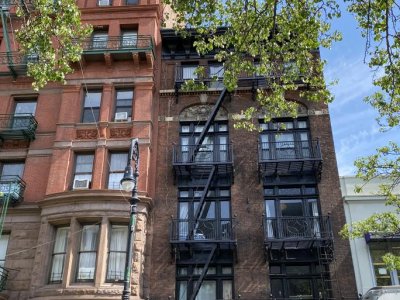
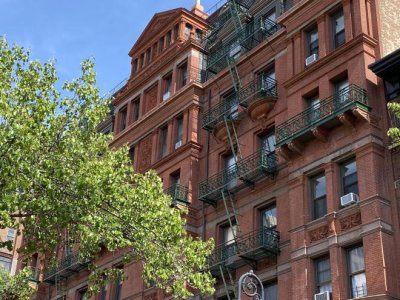
Which lead me to noticing Water Towers, which is the subject of my next series of posts. (Blame Tampa for all this minutia as he asked me the original question, “What’s Life Like in New York City?” lol)
mikeyank
Long time forumite
NYC Water Towers
First here is some history on water towers.
https://www.6sqft.com/nyc-water-towers-history-use-and-infrastructure/
For over 100 years, water towers have been a seamless part of New York City’s skyline. So seamless, in fact, they often go unnoticed, usually overshadowed by their glassy supertall neighbors. While these wooden relics look like a thing of the past, the same type of water pumping structure continues to be built today, originating from just three family-run companies, two of which have been operating for nearly this entire century-long history. With up to 17,000 water tanks scattered throughout NYC, 6sqft decided to explore these icons, from their history and construction to modern projects that are bringing the structures into the mainstream.
Water tank fundamentals
When the Dutch settled New York City they found an island rich with waterways and natural streams. However, as the city’s industrial sector grew, so did its polluted waters. With no proper drainage system, standing pools of grime would form in the streets. The harm of these unsanitary conditions was not revealed until a group of wealthy New Yorkers formed the Citizens Association of New York to focus on public health reform. After the group’s survey revealed dangerously unhygienic conditions, a campaign was launched to improve the quality of water and people’s access to it.
The Department of Public Works was later founded in 1870 to improve the drainage system and access to water. During the 1880s, indoor plumbing began replacing well-drawn water, and roughly 50 years later, top-floor storage tanks started popping up all over the city. Tanks were placed on rooftops because the local water pressure was too weak to raise water to upper levels. When construction started to grow taller, the city required that buildings with six or more stories be equipped with a rooftop tank with a pump.
About 5,000 to 10,000 gallons of water can be stored in the tanks. The upper layer of water is used for everyday use, with water at the bottom reserved for emergencies. When the water drops below a certain level, an electric pump is triggered and the tank refills. Gravity sends water to pipes throughout the building from the roof. A water tank usually lasts roughly 30-35 years. It can be built within 24 hours and takes just two or three hours to fill with water.
First here is some history on water towers.
https://www.6sqft.com/nyc-water-towers-history-use-and-infrastructure/
For over 100 years, water towers have been a seamless part of New York City’s skyline. So seamless, in fact, they often go unnoticed, usually overshadowed by their glassy supertall neighbors. While these wooden relics look like a thing of the past, the same type of water pumping structure continues to be built today, originating from just three family-run companies, two of which have been operating for nearly this entire century-long history. With up to 17,000 water tanks scattered throughout NYC, 6sqft decided to explore these icons, from their history and construction to modern projects that are bringing the structures into the mainstream.
Water tank fundamentals
When the Dutch settled New York City they found an island rich with waterways and natural streams. However, as the city’s industrial sector grew, so did its polluted waters. With no proper drainage system, standing pools of grime would form in the streets. The harm of these unsanitary conditions was not revealed until a group of wealthy New Yorkers formed the Citizens Association of New York to focus on public health reform. After the group’s survey revealed dangerously unhygienic conditions, a campaign was launched to improve the quality of water and people’s access to it.
The Department of Public Works was later founded in 1870 to improve the drainage system and access to water. During the 1880s, indoor plumbing began replacing well-drawn water, and roughly 50 years later, top-floor storage tanks started popping up all over the city. Tanks were placed on rooftops because the local water pressure was too weak to raise water to upper levels. When construction started to grow taller, the city required that buildings with six or more stories be equipped with a rooftop tank with a pump.
About 5,000 to 10,000 gallons of water can be stored in the tanks. The upper layer of water is used for everyday use, with water at the bottom reserved for emergencies. When the water drops below a certain level, an electric pump is triggered and the tank refills. Gravity sends water to pipes throughout the building from the roof. A water tank usually lasts roughly 30-35 years. It can be built within 24 hours and takes just two or three hours to fill with water.
Similar threads
- Replies
- 8
- Views
- 868
- Replies
- 5
- Views
- 1K














